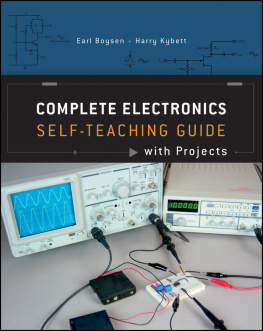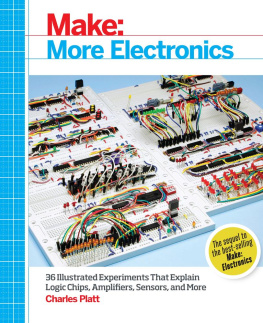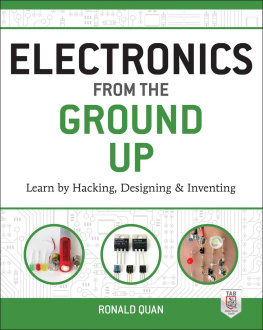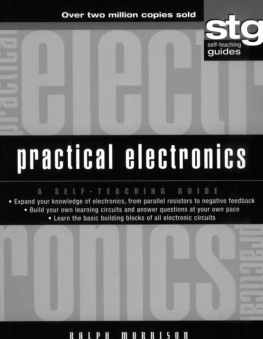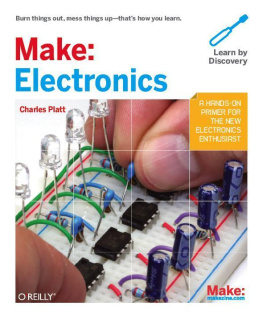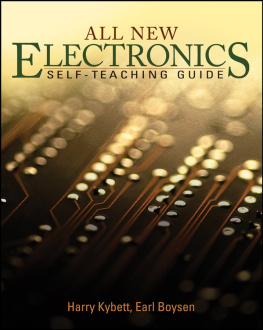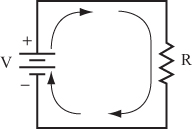Earl Boysen - Complete Electronics Self-Teaching Guide with Projects
Here you can read online Earl Boysen - Complete Electronics Self-Teaching Guide with Projects full text of the book (entire story) in english for free. Download pdf and epub, get meaning, cover and reviews about this ebook. year: 2012, publisher: Wiley, genre: Children. Description of the work, (preface) as well as reviews are available. Best literature library LitArk.com created for fans of good reading and offers a wide selection of genres:
Romance novel
Science fiction
Adventure
Detective
Science
History
Home and family
Prose
Art
Politics
Computer
Non-fiction
Religion
Business
Children
Humor
Choose a favorite category and find really read worthwhile books. Enjoy immersion in the world of imagination, feel the emotions of the characters or learn something new for yourself, make an fascinating discovery.
- Book:Complete Electronics Self-Teaching Guide with Projects
- Author:
- Publisher:Wiley
- Genre:
- Year:2012
- Rating:3 / 5
- Favourites:Add to favourites
- Your mark:
Complete Electronics Self-Teaching Guide with Projects: summary, description and annotation
We offer to read an annotation, description, summary or preface (depends on what the author of the book "Complete Electronics Self-Teaching Guide with Projects" wrote himself). If you haven't found the necessary information about the book — write in the comments, we will try to find it.
For almost 30 years, this book has been a classic text for electronics enthusiasts. Now completely updated for todays technology, this latest version combines concepts, self-tests, and hands-on projects to offer you a completely repackaged and revised resource. This unique self-teaching guide features easy-to-understand explanations that are presented in a user-friendly format to help you learn the essentials you need to work with electronic circuits.
All you need is a general understanding of electronics concepts such as Ohms law and current flow, and an acquaintance with first-year algebra. The question-and-answer format, illustrative experiments, and self-tests at the end of each chapter make it easy for you to learn at your own speed.
- Boasts a companion website that includes more than twenty full-color, step-by-step projects
- Shares hands-on practice opportunities and conceptual background information to enhance your learning process
- Targets electronics enthusiasts who already have a basic knowledge of electronics but are interested in learning more about this fascinating topic on their own
- Features projects that work with the multimeter, breadboard, function generator, oscilloscope, bandpass filter, transistor amplifier, oscillator, rectifier, and more
Youre sure to get a charge out of the vast coverage included in Complete Electronics Self-Teaching Guide with Projects!
Earl Boysen: author's other books
Who wrote Complete Electronics Self-Teaching Guide with Projects? Find out the surname, the name of the author of the book and a list of all author's works by series.

